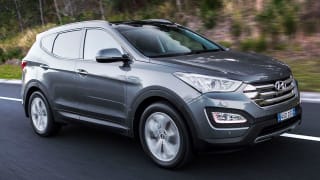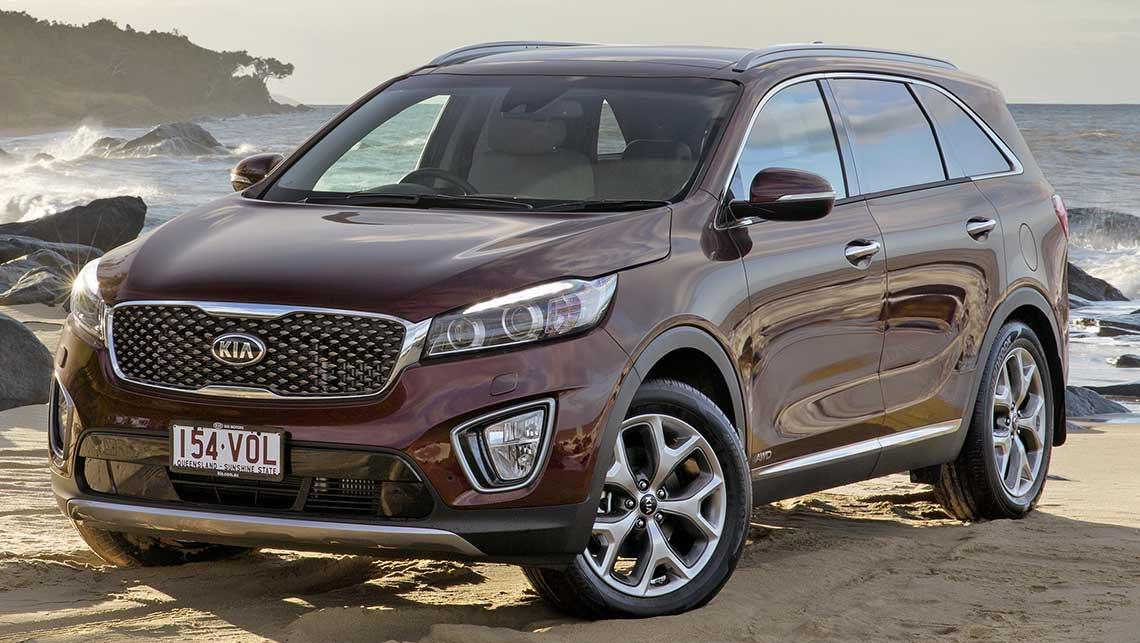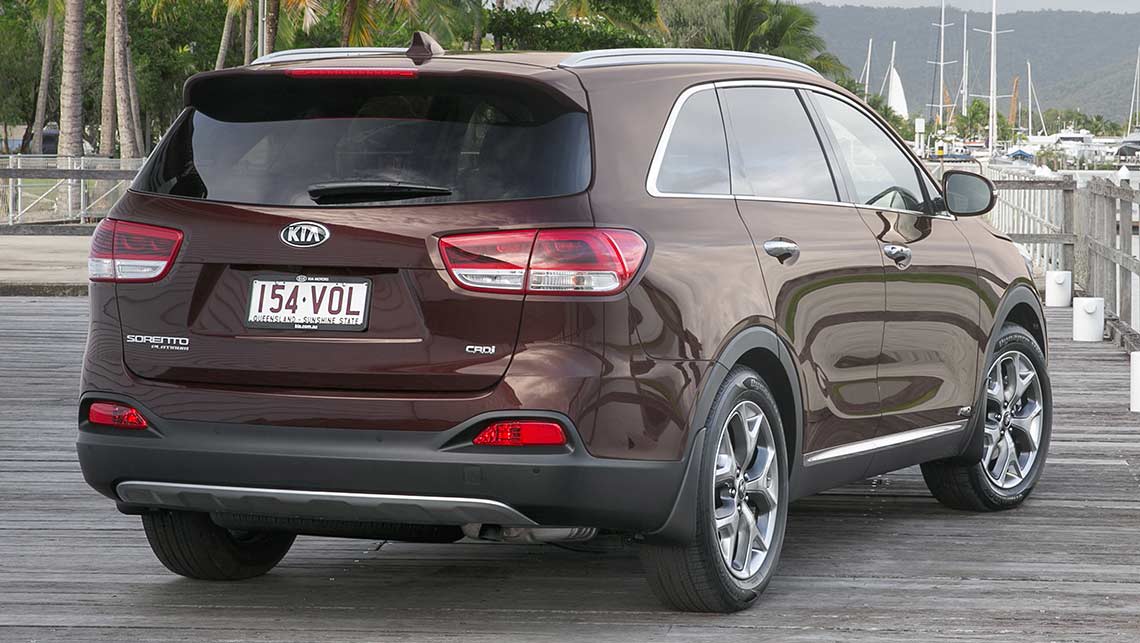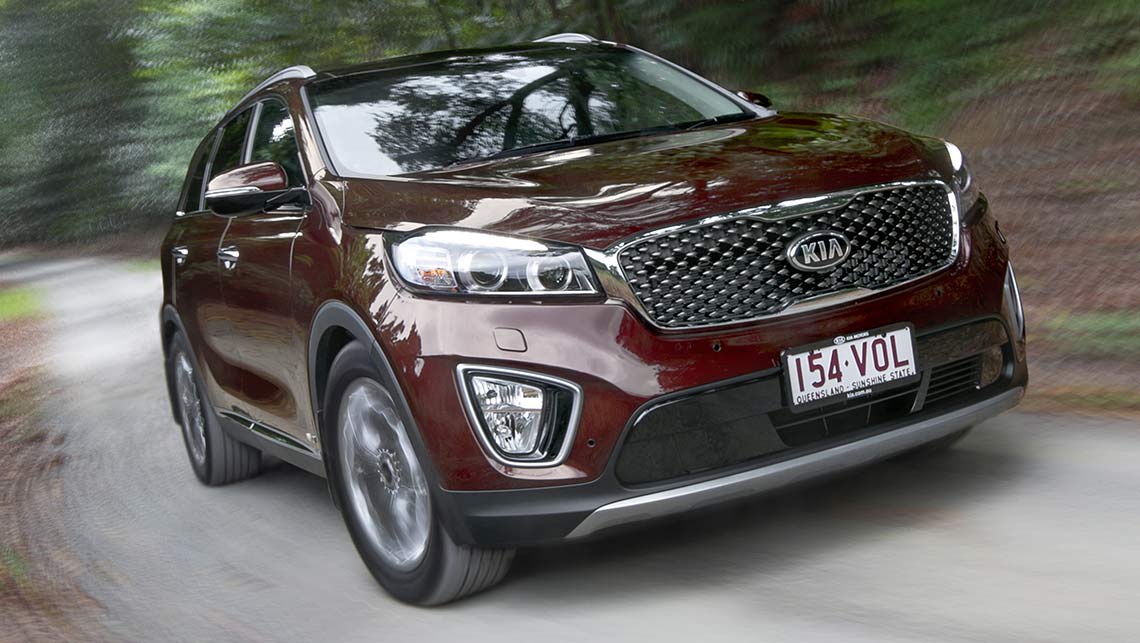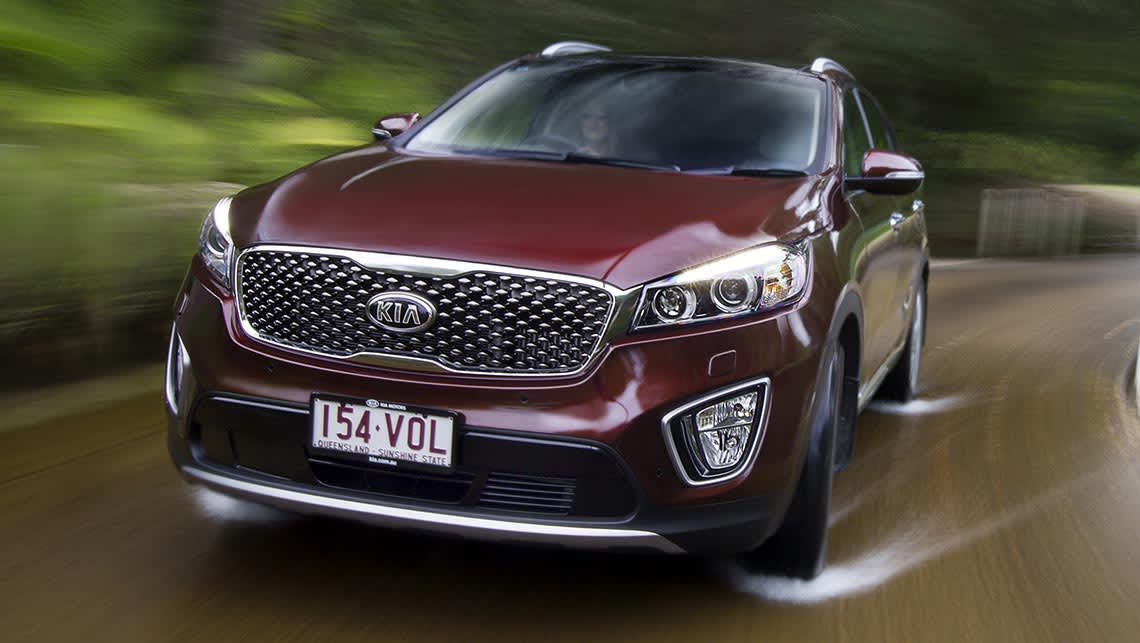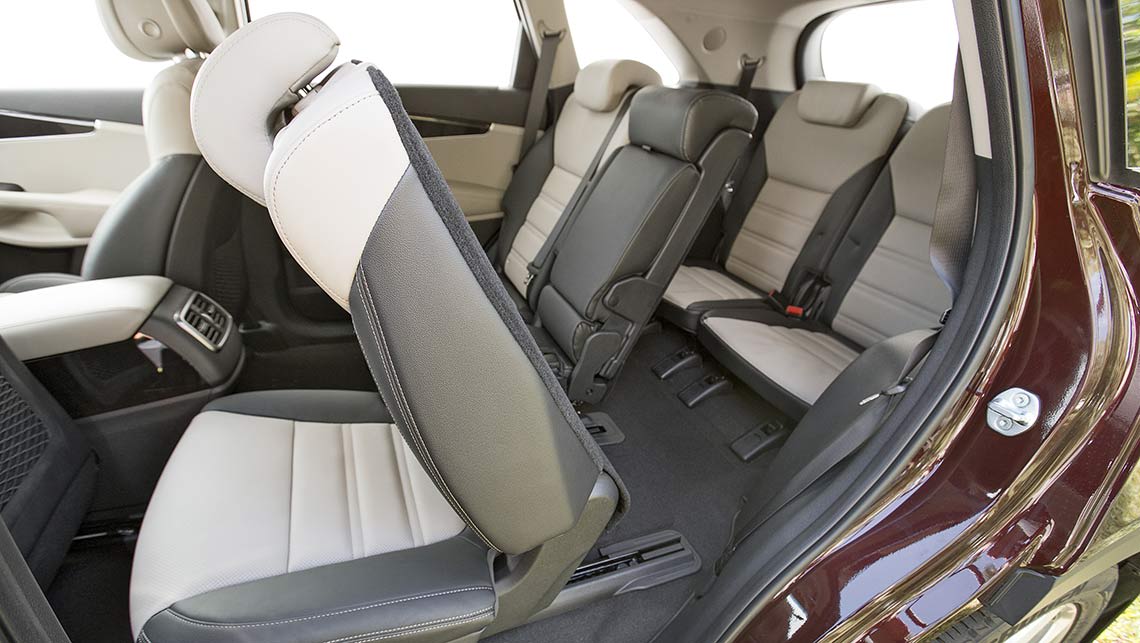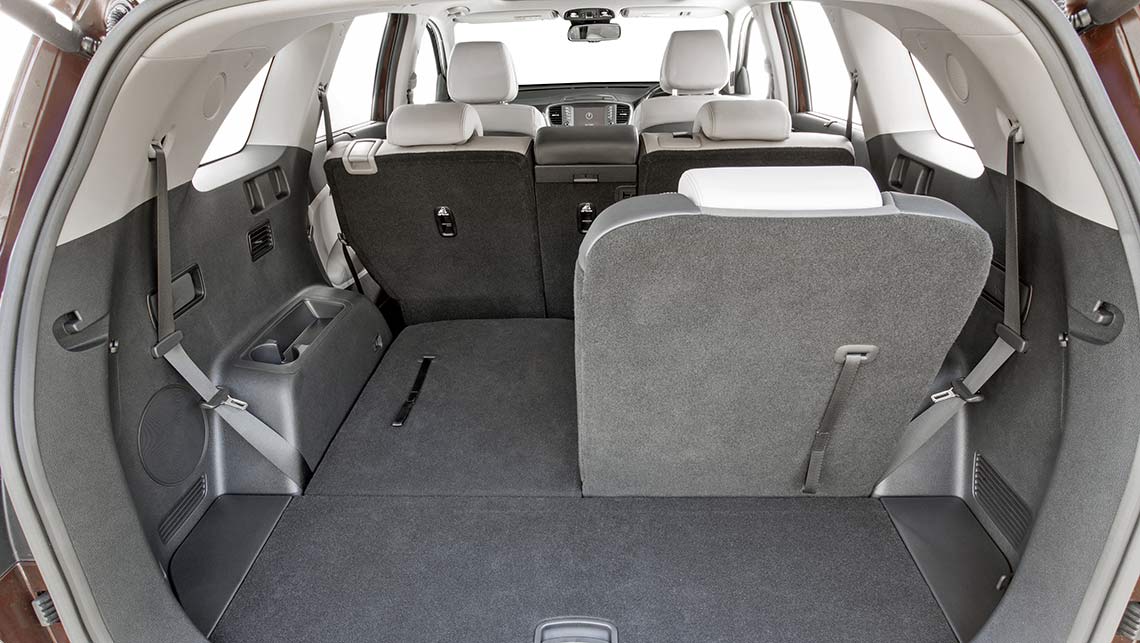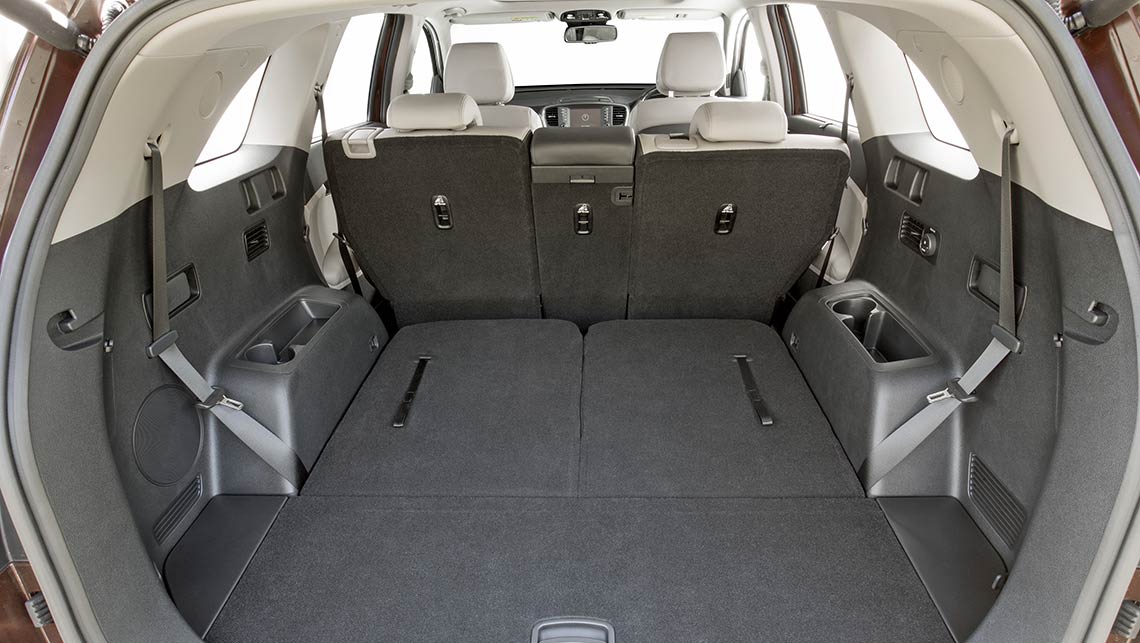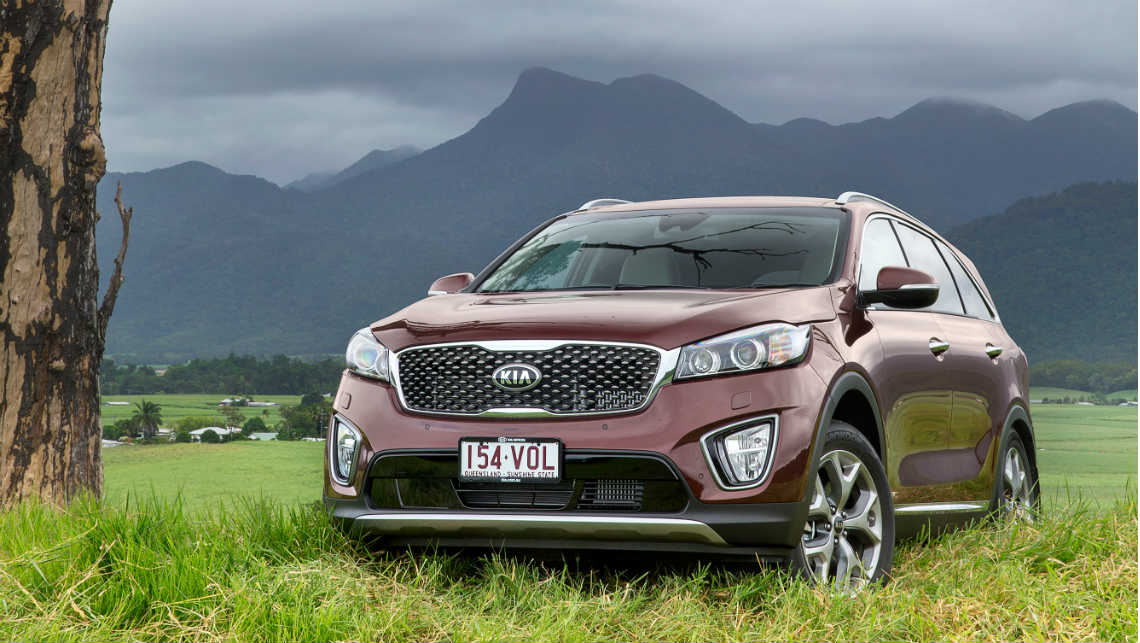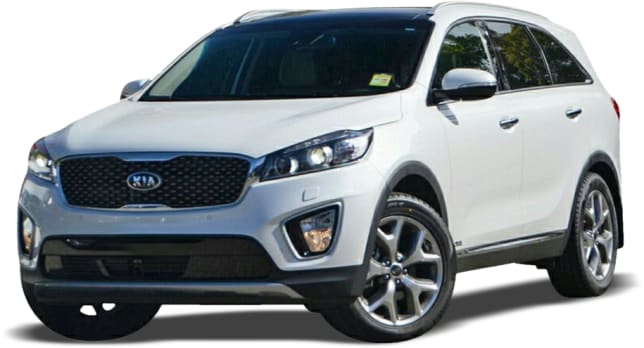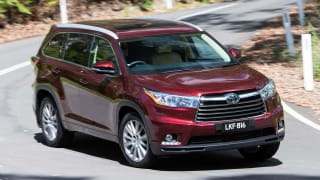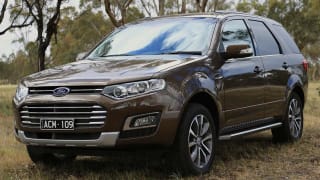The Sorento lays claim to being the new family SUV benchmark.
Call it the class ceiling. Some brands, no matter how much they've improved over the years, can't seem to make it on to shopping lists.
Kia is among them. The Korean brand has come on in leaps and bounds in recent years but still finds it hard to attract interest in its larger, more expensive cars and SUVs.
The Rio and Cerato small cars sell well, the Sportage compact SUV is slowly building a following but the Optima sedan and Sorento SUV struggle to make an impact.
The all-new Sorento could be the car that makes the breakthrough. At its starting price of $40,990, it's a compelling proposition. But what about the top-of-the-line Platinum model, which costs more than $60,000 on the road?
Design
The Sorento is going to win over plenty of people in the showroom, especially the Platinum model.
The cabin feels upmarket, with an imitation leather finish on the dash, modern looking faux-wood inserts on the doors and centre console and frosted alloy surrounds on the aircon vents. Two-tone, perforated leather seats and a leather and timber steering wheel complete the look.
Apart from the leather trim, the main visual difference between the Platinum and the cheaper Sorentos are bigger 19-inch wheels, daytime running lights, privacy glass on the rear windows and tailgate and the panoramic sunroof. Look a little closer and it also gets power-adjustable, heated front and rear seats (and steering wheel), a better 10-speaker stereo and sun blinds for the second row.
The new Sorento is also noticeably bigger than its predecessor, which has liberated more leg and head room for second and third-row passengers.
About town
The Platinum has a couple of city-friendly features that are sadly not available on cheaper models, most of them safety-related. The arsenal of driver assistance technology includes blind spot warning, lane departure warning and rear cross-traffic alert, handy for backing out of driveways or parking spots.
It also has a tailgate that opens automatically when it senses you're at the back of the car, arms full of shopping bags. All Sorentos get a reversing camera and front and rear sensors.
Getting the kids in and out of the third row is also reasonably easy, with the second row seats sliding forward on the passenger side to widen the entry to the back seats, which have their own aircon controls. It's also well prepared for the modern family, with two USB chargers and three 12-volt power outlets.
The diesel engine is reasonably quiet at idle and taking off from the lights, although there's no fuel-saving stop-start technology and fuel consumption hovered around 11L/100km on our city loop. The increase in the Sorento's size has also meant a penalty at the fuel pump, with the new model thirstier than the one launched in 2009.
On the road
Active cruise control keeps a safe distance to the car in front, while adaptive headlights follow the curve of the road, improving vision at night.
It's not a hardcore offroader, though the Sorento is capable and assured over broken surfaces, with a comfortable ride and little wallowing over bigger bumps.
The steering isn't a strong point, though. It feels a little lifeless and slow through corners, with an artificial feel that takes some getting used to.
Performance
The diesel engine in the Sorento is an impressive thing on the open road. With 441Nm on tap, it makes light work of hills and overtaking manoeuvres, barely raising a whimper when you put the foot down on the freeway.
The six-speed auto is a smooth-shifting job and it holds on to higher gears to save fuel, using the abundant torque to amble along at low revs.
The official average fuel-use label says 7.8L/100km, but you will do better than that on the open road.
